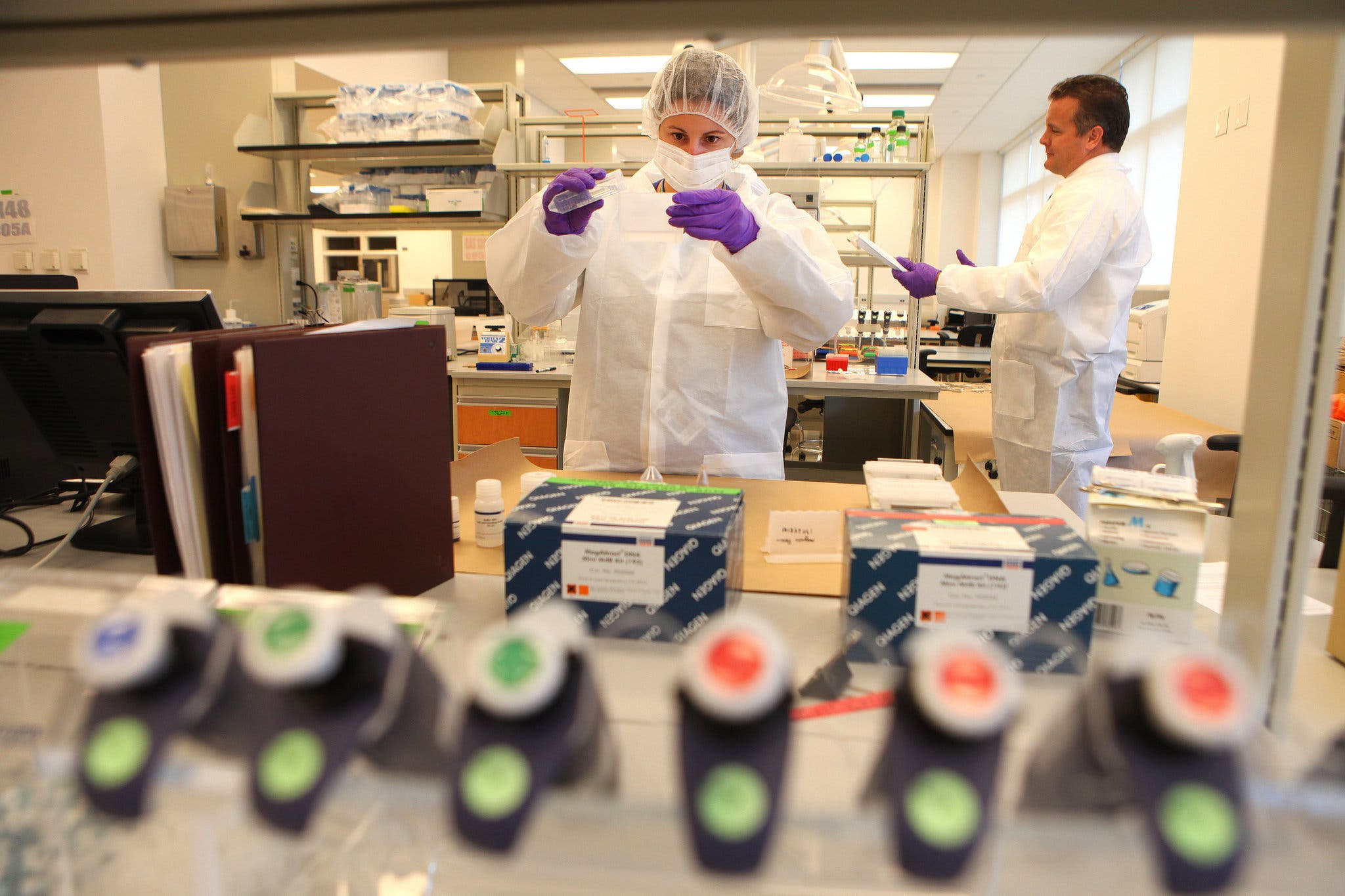Does the Federal Bureau of Investigation, an organization steeped in mystery and intrigue, possess its own cadre of medical examiners, ready to unravel the most perplexing forensic enigmas? It’s a tantalizing query, one that leads us down a rabbit hole of jurisdictional complexities and interagency collaboration. The answer, as with many things involving the federal government, is nuanced and multi-layered.
First, let’s dismantle a common misconception. The FBI doesn’t operate a dedicated, in-house medical examiner’s office in the same vein as a large metropolitan city. Imagine the logistical nightmare of transporting bodies and evidence across state lines for every investigation! Instead, the Bureau relies heavily on established partnerships with local and state medical examiner offices, forensic pathologists, and other experts in the medico-legal field.
However, this doesn’t mean the FBI is entirely devoid of forensic medical capabilities. The Bureau maintains a robust team of forensic scientists, many of whom possess specialized knowledge relevant to forensic pathology. These experts often work in the FBI Laboratory, analyzing trace evidence, reconstructing crime scenes, and providing crucial insights to field agents. Their work complements, but does not supplant, the role of the medical examiner.
The FBI’s involvement in death investigations typically unfolds when a crime falls under federal jurisdiction. This could include cases involving interstate kidnapping, terrorism, or crimes committed on federal property. When such an event transpires, local authorities usually take the lead in the initial investigation, including the examination of the deceased. The FBI then steps in to offer resources and expertise, potentially including access to specialized forensic tools and techniques not readily available at the local level.
Consider, for instance, a scenario involving a suspected act of bioterrorism. A local medical examiner might identify an unusual pattern of illness, but lack the sophisticated laboratory equipment necessary to pinpoint the causative agent. In this case, the FBI could deploy its own forensic scientists to assist in the analysis, potentially identifying a rare or genetically engineered pathogen. This interagency cooperation is critical in addressing complex threats to national security.
Furthermore, the FBI maintains close relationships with academic institutions and research facilities specializing in forensic science. These collaborations allow the Bureau to stay abreast of the latest advancements in the field, including new methods for determining time of death, identifying skeletal remains, and analyzing complex toxicology samples. This continuous learning and development is essential for maintaining a cutting-edge forensic capability.
Now, let’s delve into the complexities of jurisdiction. The legal framework governing death investigations varies significantly from state to state. Some states have centralized medical examiner systems, while others rely on elected coroners with varying levels of medical training. This patchwork of regulations can create challenges when the FBI is involved in a multi-state investigation. Imagine trying to coordinate forensic analyses across multiple jurisdictions with differing protocols and standards! The FBI’s role, therefore, often involves facilitating communication and ensuring consistency in the application of forensic techniques.
The utilization of forensic anthropology also warrants consideration. While not strictly medical examiners, forensic anthropologists play a crucial role in identifying skeletal remains, determining ancestry, and estimating the age and sex of individuals. The FBI has access to forensic anthropologists, either directly employed or through collaborative partnerships, who can assist in cases involving unidentified human remains. These experts are invaluable in resolving cold cases and providing closure to families of missing persons.
Moreover, the FBI maintains a sophisticated database of missing persons and unidentified remains, known as the National Crime Information Center (NCIC). This database allows law enforcement agencies across the country to share information and potentially link unidentified remains to missing persons reports. The data includes detailed physical descriptions, dental records, and DNA profiles, all of which can be instrumental in the identification process.
Think of the challenges involved in identifying victims of mass disasters. Following a large-scale event, such as a plane crash or a terrorist attack, the FBI may be called upon to assist in the identification of the deceased. This process often involves collecting DNA samples from family members and comparing them to DNA extracted from the remains. The FBI’s expertise in DNA analysis and its access to advanced sequencing technologies can significantly expedite the identification process.
The FBI’s role in forensic pathology extends beyond simply identifying the cause of death. The Bureau also investigates the circumstances surrounding a death, including potential criminal activity. This may involve interviewing witnesses, collecting physical evidence, and analyzing financial records. The ultimate goal is to determine whether a crime has been committed and, if so, to bring the perpetrators to justice.
In summary, while the FBI doesn’t operate a standalone medical examiner’s office, it possesses a constellation of forensic capabilities and collaborates extensively with medical examiners, forensic pathologists, and other experts in the medico-legal field. This collaborative approach ensures that the Bureau has access to the specialized knowledge and resources necessary to investigate complex death investigations, particularly those falling under federal jurisdiction. The Bureau acts as a catalyst, integrating local expertise with national resources to achieve a more comprehensive and effective forensic response. The absence of a formal medical examiner’s office is not a deficiency, but rather a strategic adaptation to the complex and decentralized nature of death investigation in the United States.










Leave a Comment